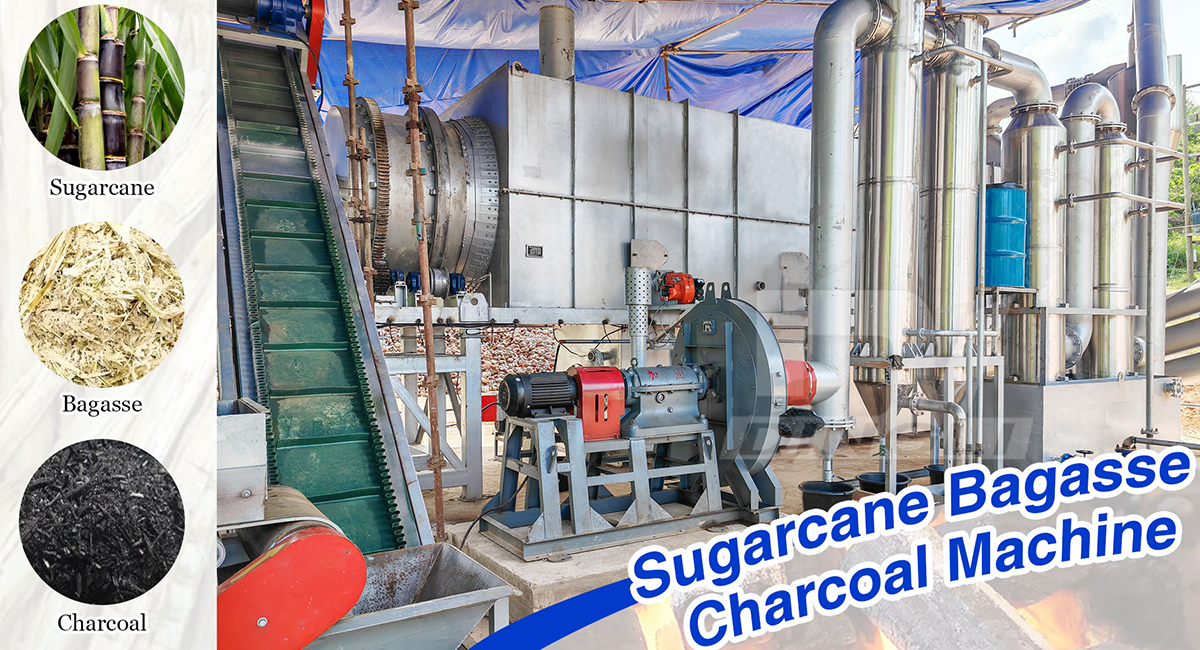 dinglimachine01@gmail.com
+86 16638159081(Wechat/WhatsApp)
dinglimachine01@gmail.com
+86 16638159081(Wechat/WhatsApp)
The core competitiveness of carbonization machine-made charcoal begins with the selection of raw materials, which come from a wide range of sources, covering the ecological closed loop of agricultural and forestry production and urban renewal:
1. Wood raw materials: wood raw materials with a cellulose content of more than 40%, such as sawdust, bamboo powder, fruit branches, etc. After carbonization, the wood raw materials have a dense structure and a calorific value of more than 7000 kcal/kg, making them the preferred raw materials for high-end barbecue charcoal.

2. Fruit shell raw materials: high-density biomass such as coconut shells, palm shells, and walnut shells, with an ash content of less than 5% and natural pores, are particularly suitable for the preparation of highly adsorbent activated carbon.
3. Agricultural waste: rice husks, straw, sugarcane bagasse, etc. are rich in hemicellulose and require special adhesives to form, but the cost of raw materials is only one-third of that of wood, which is suitable for the mass consumer market.
4. Urban renewable resources: mixed wood waste such as discarded furniture and garden pruning branches can be turned into treasure after sorting and crushing, which has both environmental benefits and cost advantages.
The diversity of raw materials gives the charcoal industry strong adaptability - in areas with scarce forest resources, agricultural waste can be the main source; in coastal areas, regional production systems can be established based on special resources such as coconut shells. This "local raw materials + standardized process" model is driving the charcoal industry to transform and upgrade from extensive processing to refined operations.
If you are interested in our equipment, please contact us.